ALL - Ancient Language Learning
ALL is a discord server that focuses on Ancient Languages, teaching and learning. It's an community of people from around the world interested in Ancient Languages which is growing everyday.

Ahom
The Ahom language is a nearly extinct Tai language spoken by the Ahom people who ruled the Brahmaputra river valley in the present day Indian state of Assam between the 13th and the 18th centuries. The language is classified in a Northwestern subgrouping of Southwestern Tai owing to close affinities with Shan, Khamti and, more distantly, Thai. - Wikipedia
Akkadian
Akkadian (akkadû, 𒀝𒅗𒁺𒌑 ak-ka-du-u2; logogram: 𒌵𒆠 URIKI) is an extinct East Semitic language that was spoken in ancient Mesopotamia (Akkad, Assyria, Isin, Larsa and Babylonia) from the 30th century BC until its gradual replacement by Akkadian-influenced Old Aramaic among Mesopotamians by the eighth century BC. - Wikipedia
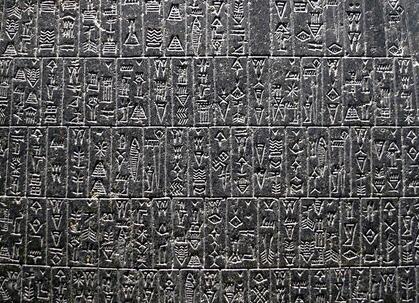
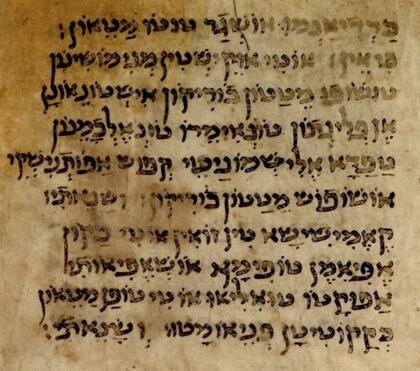
Biblical Hebrew
Biblical Hebrew, also called classical Hebrew, is an archaic form of Hebrew, a Canaanite Semitic language spoken by the Israelites in the area known as Israel, roughly west of the Jordan River and east of the Mediterranean Sea. The term "Hebrew" was not used for the language in the Bible, which was referred to as שפת כנען or יהודית, but the name was used in Greek and Mishnaic Hebrew texts. It is more or less mutually intelligible with modern Hebrew. - Wikipedia
Coptic (Bohairic)
Coptic or Coptic Egyptian (Bohairic: ϯⲙⲉⲧⲣⲉⲙⲛ̀ⲭⲏⲙⲓ, ti.met.rem.ən.khēmi and Sahidic: ⲧⲙⲛ̄ⲧⲣⲙ̄ⲛ̄ⲕⲏⲙⲉ, t.mənt.rəm.ən.kēme), is the latest stage of the Egyptian language, a northern Afro-Asiatic language spoken in Egypt until at least the 17th century as an official language. Egyptian began to be written in the Coptic alphabet, an adaptation of the Greek alphabet with the addition of six or seven signs from Demotic to represent Egyptian sounds the Greek language did not have, in the 1st century AD. - Wikipedia
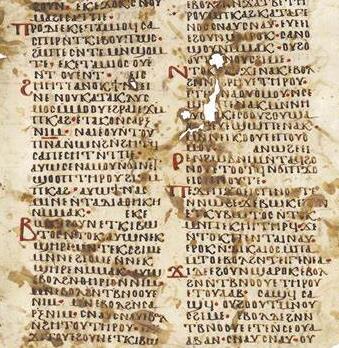

Gothic
Gothic is an extinct East Germanic language that was spoken by the Goths. It is known primarily from the Codex Argenteus, a 6th-century copy of a 4th-century Bible translation, and is the only East Germanic language with a sizable text corpus. - Wikipedia
Old Irish
Old Irish is the name given to the oldest form of the Goidelic languages for which extensive written texts are extant. It was used from c. 600 to c. 900. The primary contemporary texts are dated c. 700–850; by 900 the language had already transitioned into early Middle Irish. Some Old Irish texts date from the 10th century, although these are presumably copies of texts composed at an earlier time period. Old Irish is thus forebear to Modern Irish, Manx, and Scottish Gaelic. - Wikipedia
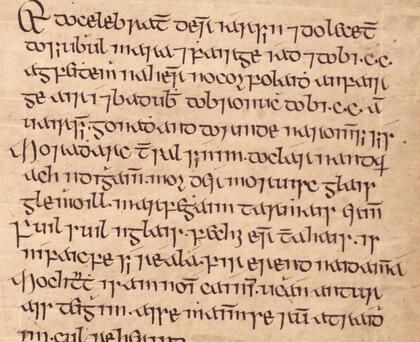
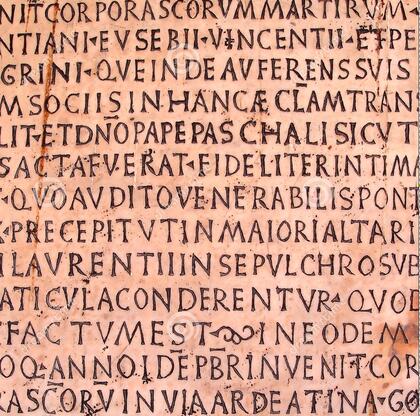
Latin
Latin is a classical language belonging to the Italic branch of the Indo-European languages. The Latin alphabet is derived from the Etruscan and Greek alphabets and ultimately from the Phoenician alphabet. Latin was originally spoken in the area around Rome, known as Latium. Through the power of the Roman Republic, it became the dominant language in Italy, and subsequently throughout the western Roman Empire. - Wikipedia
Middle Egyptian
The Egyptian language (Egyptian: r n km.t, Middle Egyptian pronunciation: [ˈraʔ n̩ˈku.mat]) was spoken in ancient Egypt and was a branch of the Afro-Asiatic languages. Its attestation stretches over an extraordinarily long time, from the Old Egyptian stage (mid-3rd millennium BC, Old Kingdom of Egypt). Its earliest known complete written sentence has been dated to about 2690 BC, which makes it one of the oldest recorded languages known, along with Sumerian. - Wikipedia


Quranic Arabic
Classical Arabic is the form of the Arabic language used in Umayyad and Abbasid literary texts from the 7th century AD to the 9th century AD. The orthography of the Qurʾān was not developed for the standardized form of Classical Arabic. In the Arab world, little distinction is made between CA and MSA, and both are normally called al-fuṣḥá (الفصحى) in Arabic, meaning 'the most eloquent'. - Wikipedia
Sanskrit
Sanskrit (संस्कृतम् [sɐ̃skɽɪtɐm], romanized: saṃskṛtam) is a language of ancient India with a 3,500 year history. It is the primary liturgical language of Hinduism and the predominant language of most works of Hindu philosophy as well as some of the principal texts of Buddhism and Jainism. Sanskrit, in its variants and numerous dialects, was the lingua franca of ancient and medieval India. - Wikipedia
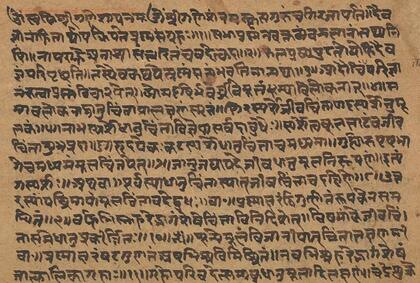

Tamil
Tamil is a Dravidian language predominantly spoken by the Tamil people of India and Sri Lanka, and by the Tamil diaspora, Sri Lankan Moors, Douglas, and Chindians. Tamil is an official language of three countries: India, Sri Lanka and Singapore. - Wikipedia
Proto-Indo-European
Proto-Indo-European is the linguistic reconstruction of the ancient common ancestor of the Indo-European languages, the most widely spoken language family in the world. Far more work has gone into reconstructing PIE than any other proto-language, and it is by far the best understood of all proto-languages of its age. - Wikipedia


Sumerian
Sumerian (Sumerian: 𒅴𒂠(Emengir) "native tongue") is the language of ancient Sumer and a language isolate that was spoken in Mesopotamia (modern-day Iraq). - Wikipedia
Phoenician
Phoenician (𐤎𐤐𐤕 𐤊𐤍𐤀𐤍) was a language originally spoken in the coastal (Mediterranean) region then called "Canaan" (in Phoenician, Biblical Hebrew, Old Arabic, and Aramaic), "Phoenicia" (in Greek and Latin), and "Pūt" (in the Egyptian language). It is a part of the Canaanite subgroup of the Northwest Semitic languages. Other members of the family are Hebrew, Ammonite, Moabite, and Edomite. - Wikipedia
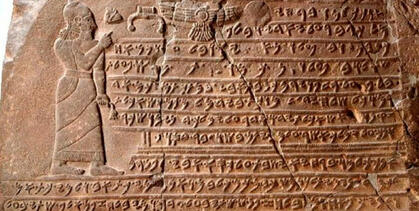
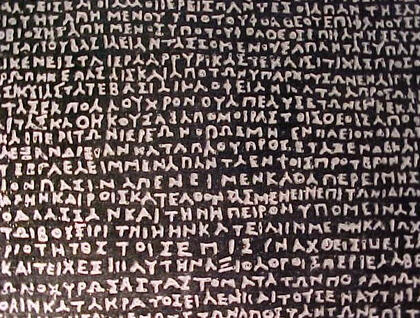
Ancient Greek
The Ancient Greek (ἑλληνική) language includes the forms of Greek used in Ancient Greece and the ancient world from around the 9th century BCE to the 6th century CE. It is often roughly divided into the Archaic period (9th to 6th centuries BCE), Classical period (5th and 4th centuries BCE), and Hellenistic period (Koine Greek, 3rd century BCE to the 4th century CE). It is antedated in the second millennium BCE by Mycenaean Greek and succeeded by medieval Greek. - Wikipedia
Hittite
Hittite (𒉈𒅆𒇷), also known as Nesite and Neshite, was an Indo-European language that was spoken by the Hittites, a people of Bronze Age Anatolia who created an empire, centred on Hattusa, as well as parts of the northern Levant and Upper Mesopotamia. - Wikipedia


Old Norse
Old Norse was a North Germanic language that was spoken by inhabitants of Scandinavia and their overseas settlements from about the 9th to the 13th centuries. - Wikipedia
Babylonian
Akkadian (in its Assyrian and Babylonian varieties) was the native language of the Mesopotamian empires (Akkadian Empire, Old Assyrian Empire, Babylonia, Middle Assyrian Empire) throughout the later Bronze Age, and Akkadian became the lingua franca of much of the Ancient Near East by the time of the Bronze Age collapse. - Wikipedia
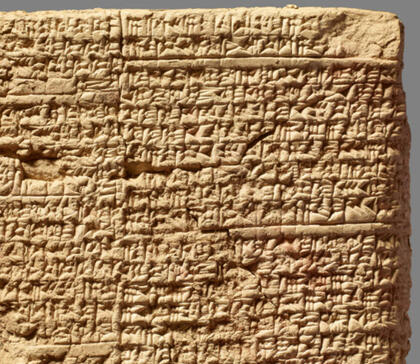
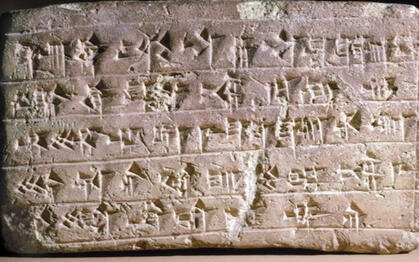
elamite
Elamite is an extinct language that was spoken by the ancient Elamites. It was used in present-day southwestern Iran from 2600 BC to 330 BC.[2] The last written records in Elamite appear around the conquest of the Achaemenid Empire by Alexander the Great. Elamite is generally thought to have no demonstrable relatives and is usually considered a language isolate. - Wikipedia
old japanese
Old Japanese (上代日本語, Jōdai Nihon-go) is the oldest attested stage of the Japanese language. It is attested in documents from the Nara period (8th century). It became Early Middle Japanese in the succeeding Heian period, although the precise separation of these two languages is controversial. Old Japanese was an early member of the Japonic family; no conclusive links to other language families have been demonstrated. - Wikipedia
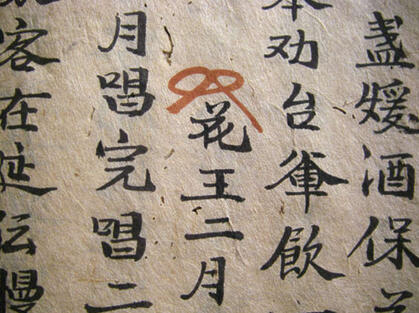

k'iche maya
The Classical K'iche' language, formerly spelled Quiché, member of the K'ichean (Quichean) subgroup of the Mayan family of languages, was spoken in the western highlands of central Guatemala by nearly one million people. -Britannica
Vulgar Latin
Vulgar Latin or Sermo Vulgaris ("common speech"), also Colloquial Latin,[1] or Common Romance (particularly in the late stage), was a range of non-standard sociolects of Latin spoken in the Mediterranean region during and after the classical period of the Roman Empire. It is distinct from Classical Latin, the standard and literary version of the language. Compared to Classical Latin, written documentation of Vulgar Latin appears less standardized. Works written in Latin during classical times and the earlier Middle Ages used prescribed Classical Latin rather than Vulgar Latin, with very few exceptions (most notably sections of Gaius Petronius' Satyricon), thus Vulgar Latin had no official orthography of its own. - Wikipedia

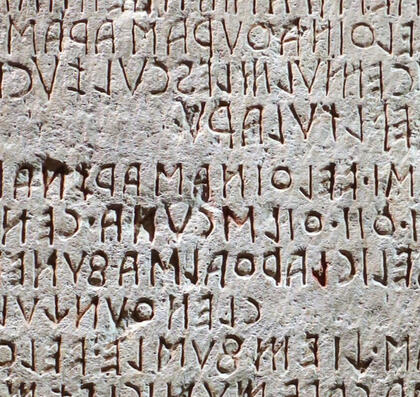
Etruscan
The Etruscan language (/ɪˈtrʌskən/)[3] was the spoken and written language of the Etruscan civilization, in Italy, in the ancient region of Etruria (modern Tuscany plus western Umbria and northern Latium) and in parts of Corsica, Emilia-Romagna, Veneto, Lombardy and Campania. Etruscan influenced Latin, but eventually was completely superseded by it. - Wikipedia